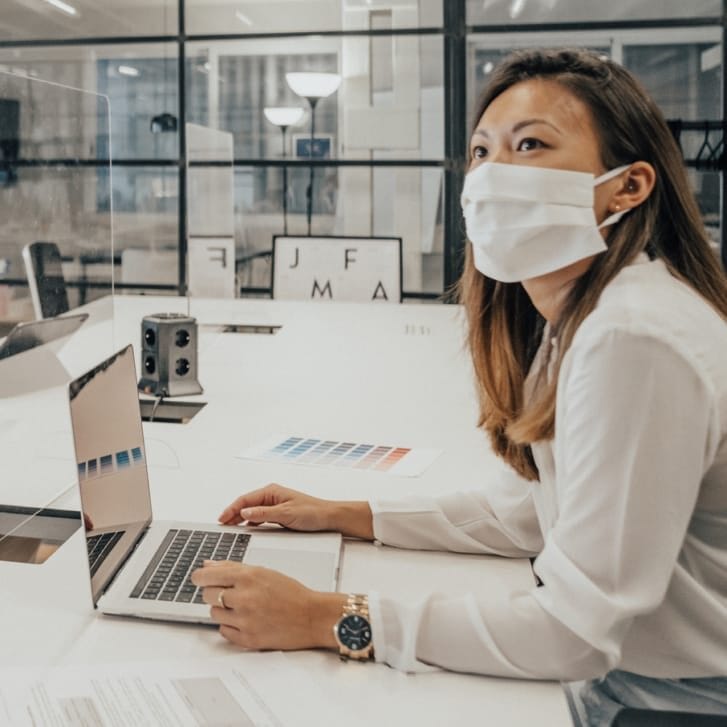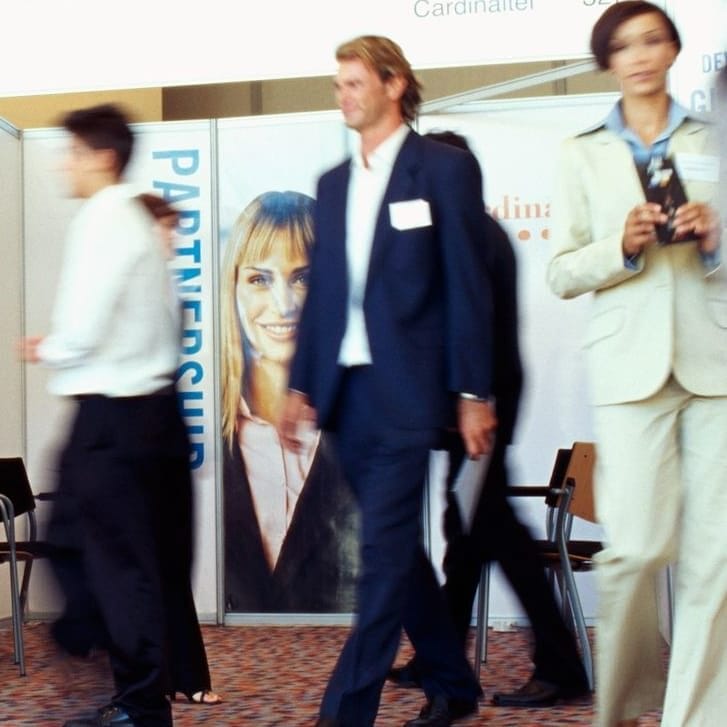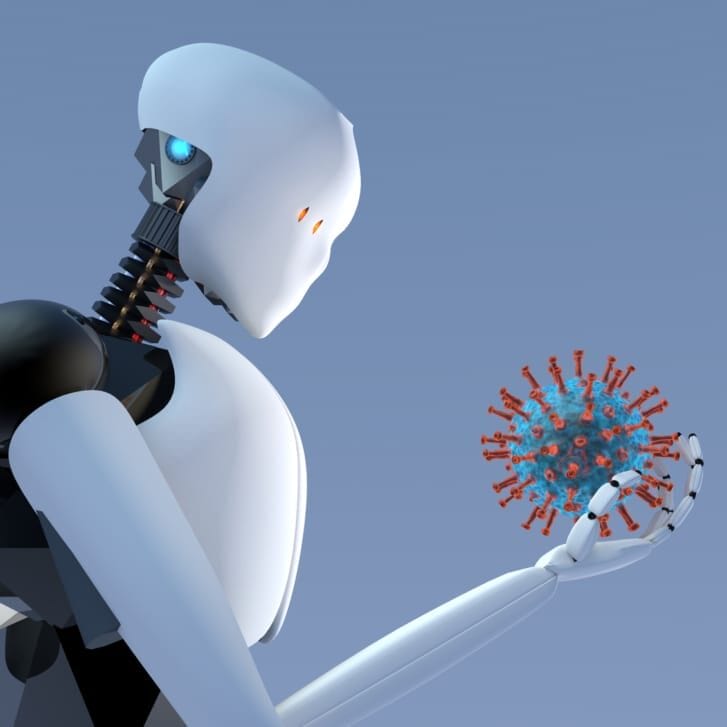COVID-19 has led to the biggest disruption to work we’ve seen in decades, accelerating trends that were already in motion and prompting us to consider new ways of communicating, collaborating, and utilizing space. Many of the facility and tech upgrades that companies have made to mitigate the spread of coronavirus can also be leveraged to increase efficiency and pleasantness of the workplace.
Flexibility and Customization Is No Longer the Exception
Activity-based working was gaining traction pre-pandemic, as was the practice of offering individuals more options around how they interface with the work environment. Merely granting people the autonomy to shape their everyday atmosphere — even if that means exerting control over the thermostat or lighting — results in measurable boosts to employee satisfaction.
Now, offices are transforming into tech-enabled ecosystems, equipped with sensors to aid our understanding of both how, and how often, certain spaces are frequented. Not only can this data issue alerts to ramp up sanitization protocols in the most high-traffic areas, it simultaneously enables a better grasp of what makes these spots desirable to those occupying them.
To illustrate with an example, acoustic pods, which have been growing in popularity, represent a literal, physical expression of diversity by allowing for privacy and quiet in open-office arrangements. In addition to being easy to move and reconfigure, they contain a suite of adjustable amenities and fixtures. Taking this one step further, a customizable set-up can also accommodate cognitive diversity by permitting employees to alter the multisensory attributes of their surroundings until they optimally suit individual needs.
SMART Features Make Work Safer and More Pleasant
SMART (self-monitoring, analysis, and reporting technology) buildings can develop “memories” based on employee preferences — to replicate ideal conditions in terms of temperature, lighting, furniture placement, and more. Or, they can invite (somewhat planned) serendipity. Future apps may let users book a specific desk or room in an office or incorporate a “randomize me” function for a more dynamic experience.
As with any workplace disruption, employee roles will transition. A broad view of the concept of remote work could mean using AI to inspect hazardous sites rather than risking the health and safety of human employees, who may instead become responsible for analyzing information generated by robots.
Hybrid Is the Future, and the Future Is Now
COVID has revealed that long-term, large-scale remote work is highly doable, but demand for the office has not dissipated. People miss face-to-face encounters, aren’t sure how to maintain office culture remotely, and are annoyed by onboarding problems. But most employees don’t want to return to the office full-time, which is why the future is a hybrid one.
Hybrid work can be a great equalizer. Hiring new talent is no longer limited by seating allocation, which in turn, could promote more diverse staffing by eliminating a layer of logistical barriers. Many more challenges might be alleviated by investing in better tech, especially for employees who work primarily from home. The same is true of implementing digital processes and resources to sustain long-term virtual onboarding — even once the threat of the pandemic is nullified.
Workplace mentoring is about relationships, which might be enriched by a combination of virtual and physical communication that facilitates interaction with people outside a single region, or with personal situations that make getting to a common meeting point difficult. For companies that have employees in various offices or geographies, work culture may seem more cohesive and connected, since even those living in the same town are no longer fixated on a single location.
And mentorship is about more than career upward mobility. It’s about passing on knowledge, including tech competencies. Relationships can be enhanced through the very use and repurposing of these digital devices. Given how important technical know-how is as a 21st century skill, this might even become the basis of a mentoring relationship.
With a bit of creativity, online exchanges can go beyond simply talking and sharing screens. They can serve to foster culture through the kinds of fun, informal activities that support collective bonding. Recently, companies have held pet shows, offered online baking classes, collectively solved New York Times crossword puzzles, and had dinner delivered to employees’ homes for evening meetings.
Disruptions Were Overdue
Yes, change is hard, but there are undoubtedly some pandemic-related workplace alterations that employees won’t want to lose. And we can push those alterations even further, taking this opportunity to design a more individualized and inclusive work experience that accommodates the diverse spectrum of actual workers rather than conforming to the once-accepted standards of years past.
Elizabeth Hyde C14 is research and content manager at workplace consultancy Plastarc.


























